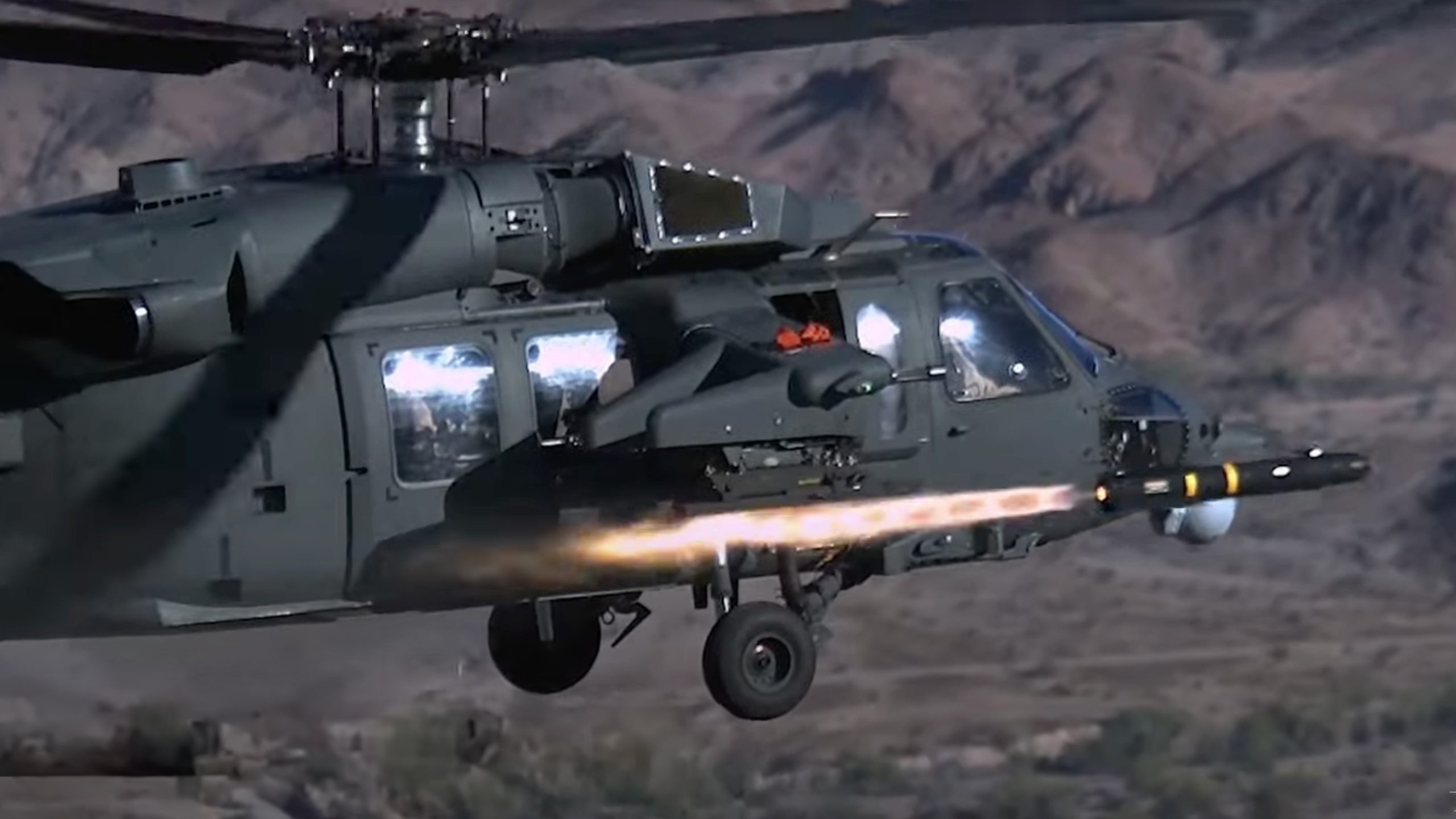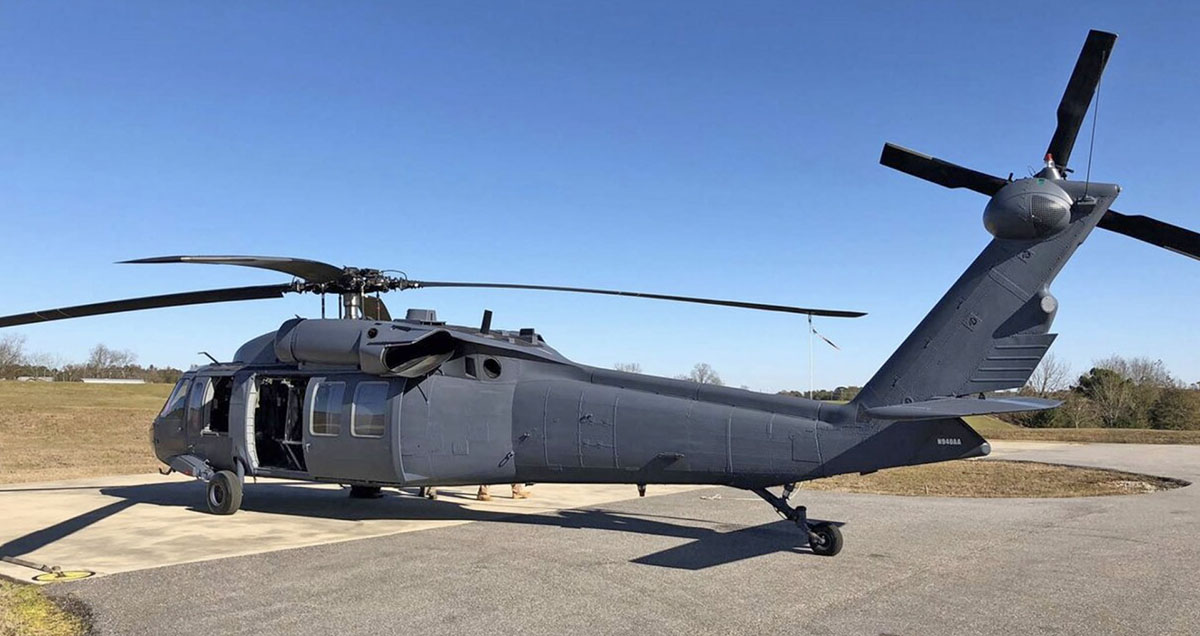UH 60 Black Hawk Helicopter: Enhancing Military Efficiency and Air Mobility
UH 60 Black Hawk Helicopter: Enhancing Military Efficiency and Air Mobility
Blog Article
Every Little Thing You Required to Find Out About the UH 60 Helicopter
The UH-60 helicopter, a foundation of United state Army air travel given that its debut in 1979, represents an exceptional blend of engineering and functional flexibility. As army demands develop, so also does the helicopter, with ongoing developments aimed at boosting its abilities and integrating modern-day innovations.
Background of the UH-60
Established in the late 1970s, the UH-60 Black Hawk helicopter became an action to the united state Military's demand for a functional energy helicopter that could carry out a selection of missions under difficult problems. The inspiration for its layout was the shortcomings identified in the earlier helicopters used during the Vietnam War, especially in terms of speed, survivability, and maneuverability.
The Black Hawk was designed by Sikorsky Airplane, incorporating advanced technologies and materials to enhance its efficiency and durability. It was officially presented right into solution in 1979, rapidly becoming an important possession for military procedures - uh 60. Its capacity to deliver troops, medical discharge, and logistical assistance in both battle and altruistic objectives made the Black Hawk an invaluable part of the united state Army's aviation fleet
Throughout the decades, the UH-60 has been constantly upgraded, adjusting to the changing nature of war and the developing requirements of modern army procedures. Its operational background consists of participation in significant disputes, peacekeeping missions, and calamity relief efforts, strengthening its credibility as a effective and trustworthy helicopter in different settings worldwide.

Style and Specifications
The layout of the UH-60 Black Hawk helicopter constantly reflects a dedication to operational performance and flexibility. Developed by Sikorsky Aircraft, this medium-lift energy helicopter features a streamlined, aerodynamic body that enhances rate and maneuverability. Its tandem blades system, defined by 2 counter-rotating blades, reduces resonance and enhances lift capacity, enabling more secure operations in varied environments.
The UH-60 is powered by 2 T700-GE-701C turboshaft engines, offering an optimum speed of about 180 knots and a variety of around 400 nautical miles. Its durable airframe is created from innovative composite products, making certain resilience while maintaining a reasonably reduced weight. The helicopter has an optimum gross weight of concerning 22,000 pounds, supporting a versatile payload setup.

Objectives and roles
A functional platform, the UH-60 Black Hawk helicopter serves a plethora of functions and goals within armed forces operations. Created primarily for troop transport, it is qualified of lugging up to 11 soldiers, making it a crucial possession for fast deployment and logistical assistance.
In addition to army transportation, the UH-60 masters clinical discharge (MEDEVAC) objectives, equipped with advanced medical devices to offer important care during transit. Its capability to operate in varied atmospheres boosts its performance in fight search and rescue (CSAR) operations, where swift extraction of workers is crucial.
The helicopter likewise plays a substantial duty in reconnaissance and surveillance missions, utilizing onboard sensors and equipment to debrief. Moreover, its convenience reaches logistical assistance, qualified of moving supplies and tools to onward running bases - uh 60.
In battle procedures, the UH-60 can be furnished with numerous weapon systems, enabling it to offer close air support. Its multi-role capability makes the Black Hawk a vital device for modern military pressures, adjusting effortlessly to the progressing needs of field of battle scenarios and guaranteeing objective success throughout an array of operational contexts.
Performance and Capabilities
Understood for its robust efficiency, the UH-60 Black Hawk helicopter site boasts impressive capacities that enhance its functional efficiency across numerous objectives. uh 60. This multi-role airplane is furnished with powerful twin-engine Turbomeca Arriel 1D1 engines, giving remarkable speed and ability to move, with a maximum cruise ship rate of approximately 150 knots and a functional series of around 400 maritime miles
The Black Hawk's sophisticated avionics and fly-by-wire control systems considerably boost flight safety and security and handling, allowing it to run in diverse settings, including damaging climate condition. Its convenience more information is additional exhibited by its ability to lug as much as 11 fully outfitted soldiers or a payload of approximately 8,000 extra pounds, making it ideal for army transport, clinical emptying, and logistical assistance objectives.
In Addition, the UH-60 is developed for survivability, including reinforced airframes, ballistic security for staff and passengers, and progressed countermeasure systems to escape risks. The helicopter's dexterity and rate, combined with its capability for quick implementation, make it an indispensable possession in modern-day army procedures, ensuring that it continues to be a vital element of tactical air support and field of battle mobility.
Future Developments

One substantial emphasis is the integration of innovative avionics systems, which will boost situational understanding through improved navigation and interaction capabilities. This consists of the potential usage of synthetic knowledge to help pilots in decision-making and goal planning.
Moreover, future variations might integrate innovative materials and layout features to strengthen the helicopter's sturdiness and reduce its radar signature, boosting survivability in objected to settings.
The introduction of hybrid-electric propulsion systems is likewise on the perspective, aiming to boost fuel performance and reduce logistical problems. Such advancements might expand operational variety and minimize the helicopter's ecological footprint.

Conclusion
The UH-60 helicopter stands for a substantial improvement in military aeronautics considering that its introduction in 1979. Its durable style, flexible capacities, and constant upgrades ensure its importance in different operational duties, including army transportation and medical evacuation. As modern technology progresses, future growths will likely improve its performance via the assimilation of man-made intelligence and hybrid-electric systems. The UH-60's sustaining existence emphasizes its crucial role in modern-day military procedures and highlights the continuous advancement of armed forces aeronautics innovation.
The UH-60 helicopter, a foundation of U.S. Military aeronautics because its launching in 1979, stands for an amazing mix of design and operational convenience. As military requirements progress, so too does the helicopter, with recurring advancements aimed at improving its capabilities and incorporating modern technologies.The style of the UH-60 Black Hawk helicopter continually reflects a dedication to operational effectiveness and adaptability. Created by Sikorsky Aircraft, this medium-lift energy helicopter includes a streamlined, wind resistant fuselage that improves rate and ability to move.The UH-60 helicopter stands for a substantial innovation in military air travel considering that its intro in 1979.
Report this page